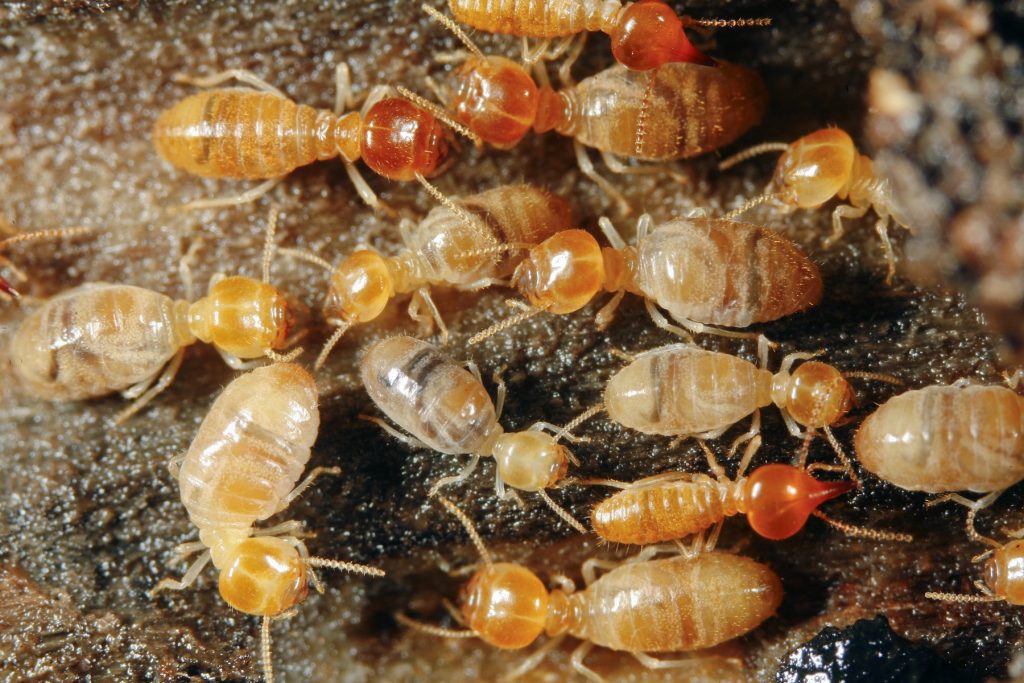Termites are a serious problem in Maryland, causing millions of dollars in property damage every year. They can go unnoticed until the damage is already done, so it’s essential for homeowners to be aware of the dangers posed by these pests. This article will explore the types of termites found in Maryland and the dangers they can present to homeowners. It will also provide tips on how to protect your home from termite infestations.
Types of Termites Found in Maryland
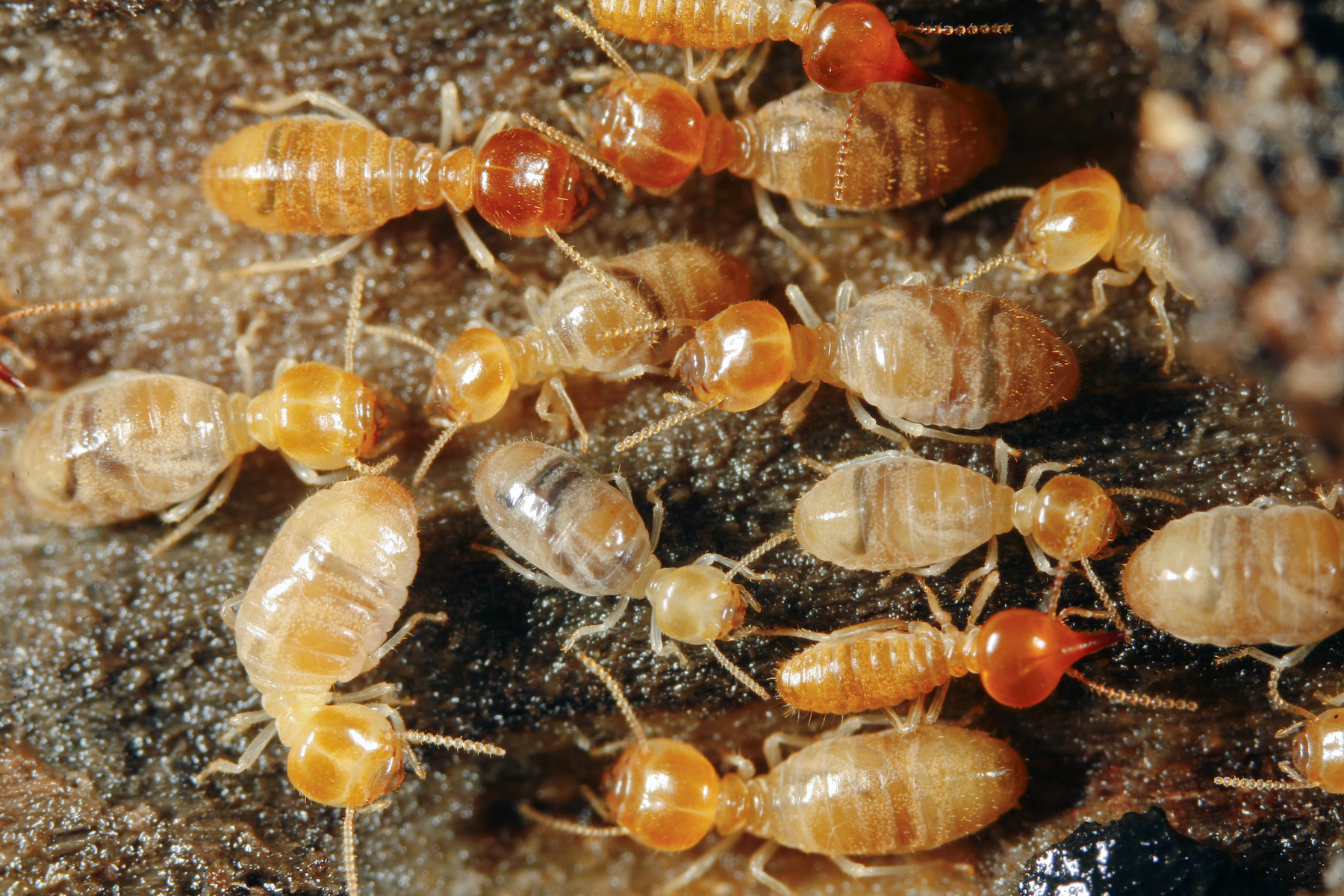
Subterranean Termites
Subterranean termites are the most common type of termite in Maryland. They are small, white, and social insects that live in colonies in the soil. They feed on cellulose material, including wood, paper, and other organic materials. They enter structures through cracks in the foundation or through small openings in the walls.
Drywood Termites
Drywood termites are more destructive than subterranean termites and can cause extensive damage to wood structures. They live and feed on wood and do not require contact with soil. They infest wood structures and furniture, leaving small piles of compressed wood dust.
Formosan Termites
Formosan termites are a relatively new species in Maryland. They are similar to subterranean termites, but are larger, more aggressive, and more damaging. They are highly aggressive and can cause extensive damage to buildings in a short period of time. They are also known to swarm in large numbers.
Signs of a Termite Infestation in Maryland
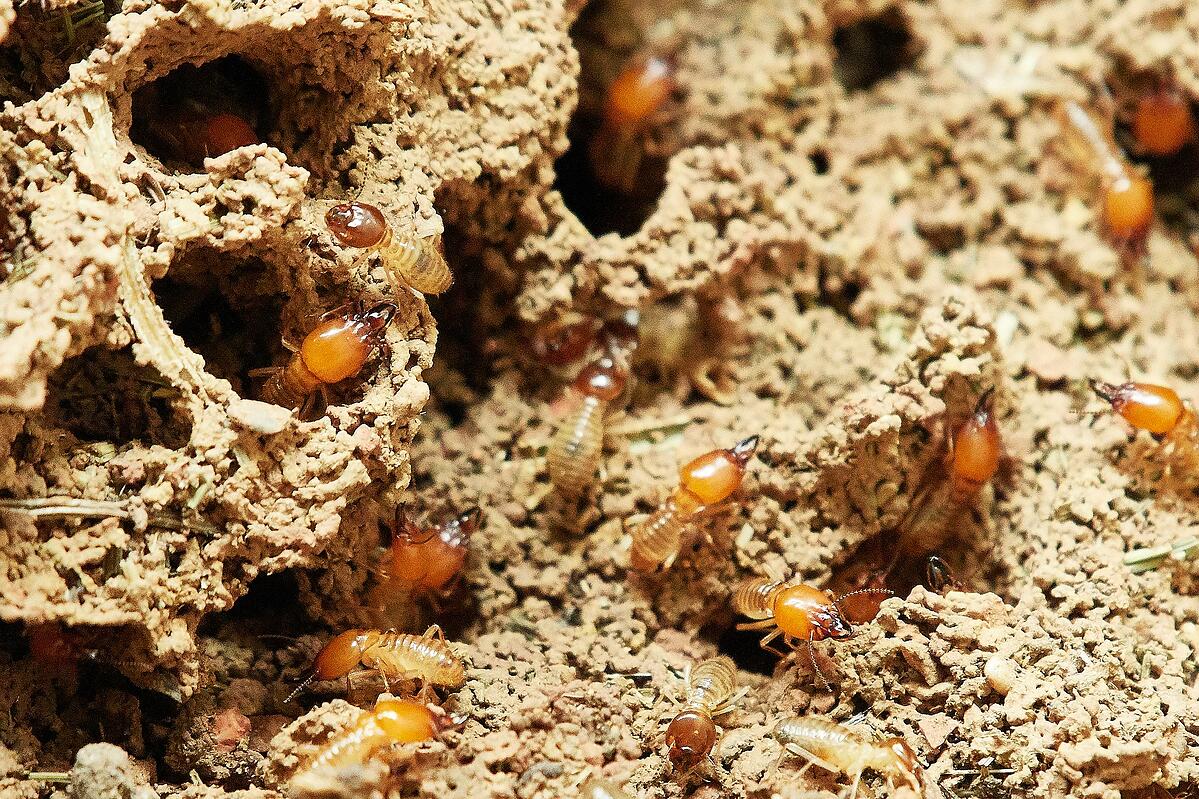
1 Mud Tubes
Mud tubes are tunnels made of mud, saliva, and fecal matter that termites use to travel from their nest to a food source. These tubes are typically found on the exterior of a home near the foundation.
2 Swarms
Termites reproduce by swarming. These swarms usually take place in the springtime and involve reproductive termites flying out of the nest in search of a mate. Swarms are a telltale sign of a termite infestation.
3 Frass
Frass is termite droppings. It resembles sawdust and is a sign that termites are present and actively feeding on wood, insulation, and other cellulose-based materials.
4 Damage to Wood Structures
Termites feed on wood, and their presence is often evidenced by damage to wood structures in and around the home. Staircases, window frames, and door frames are all common targets for termite infestation.
Termite Prevention Tips in Maryland
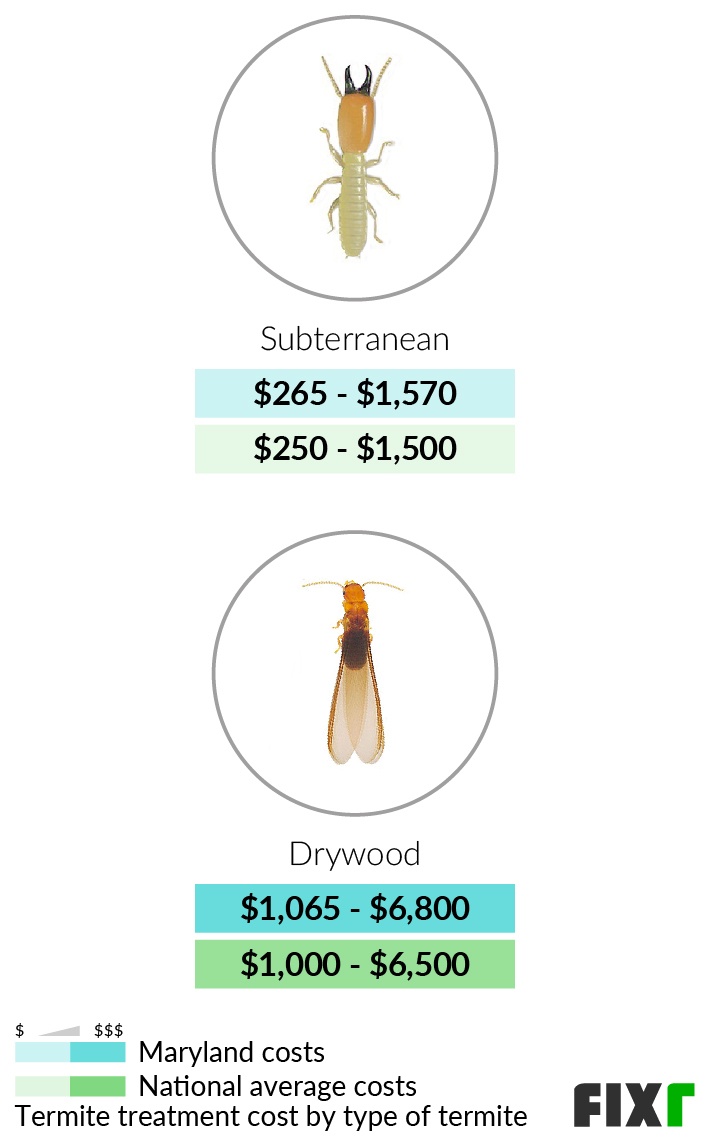
• Have your home inspected annually by a licensed pest control professional.
• Keep mulch, wood, and cardboard away from your home’s foundation.
• Ensure that your gutters and downspouts are clear and free of debris.
• Remove any sources of moisture from near your foundation, such as leaking pipes, air conditioners, and water tanks.
• Repair any water damage to your home’s foundation or walls as soon as possible.
• Seal any cracks in your foundation.
• Make sure your foundation vents are clear of debris and open.
• Check for any standing water around your foundation.
• Use pressure-treated wood for any exterior projects.
• Store firewood at least 20 feet away from your home.
• Keep wood piles away from the exterior walls.
• Direct the soil away from your home’s foundation.
• Trim any vegetation that is in contact with your foundation.
• Make sure that your window and door frames are caulked and sealed.
• Make sure that all window and door screens are repaired when needed.
1 Keep Wood Away From the Structure
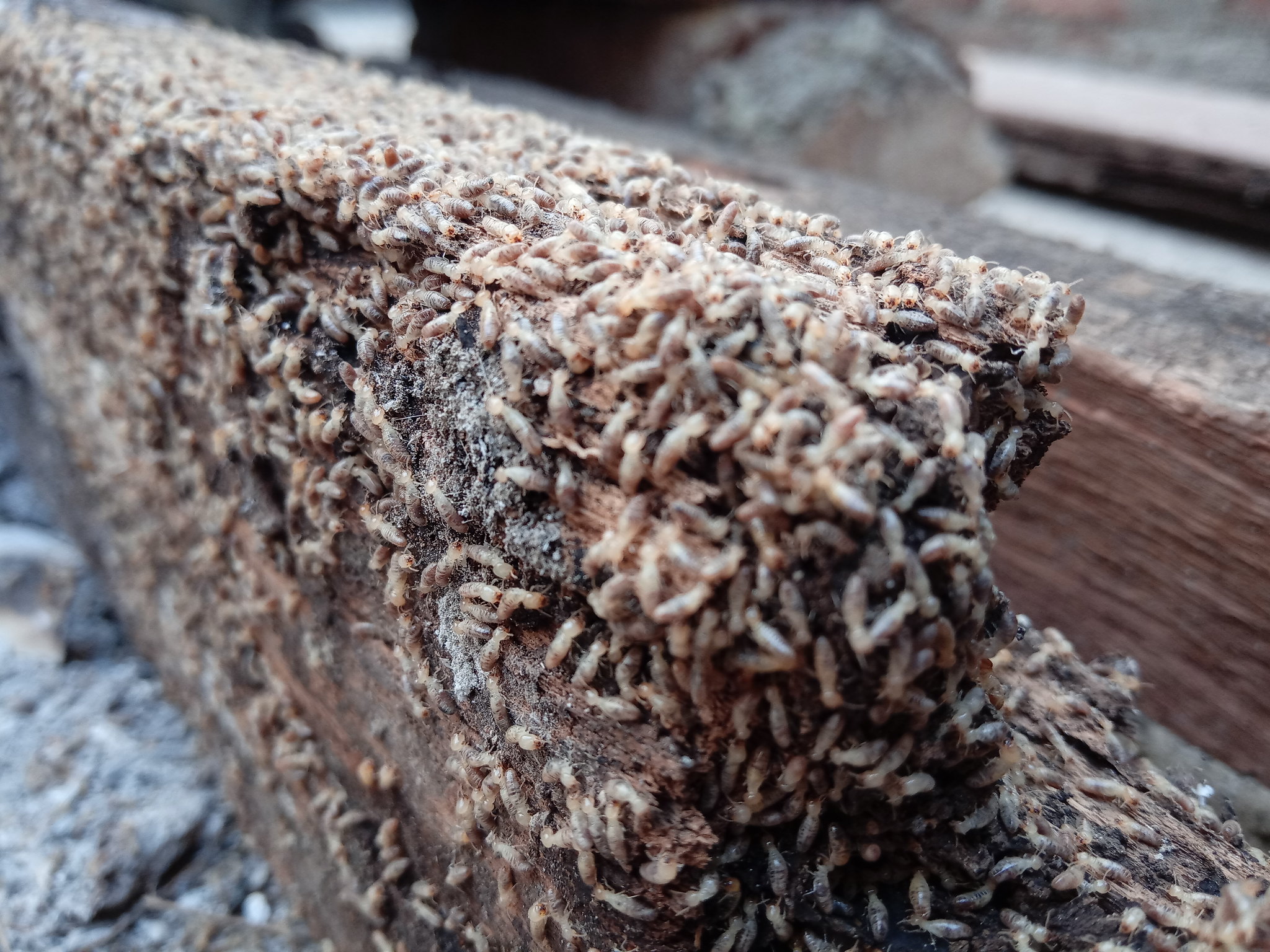
Wooden items such as firewood, lumber, and wood chips should not be stored or placed against the exterior of a building. This can provide termites with a bridge to the structure, allowing them to enter and begin infesting the building. Keep any wooden items at least 20 feet from the structure.
2 Eliminate Moisture Around the Home
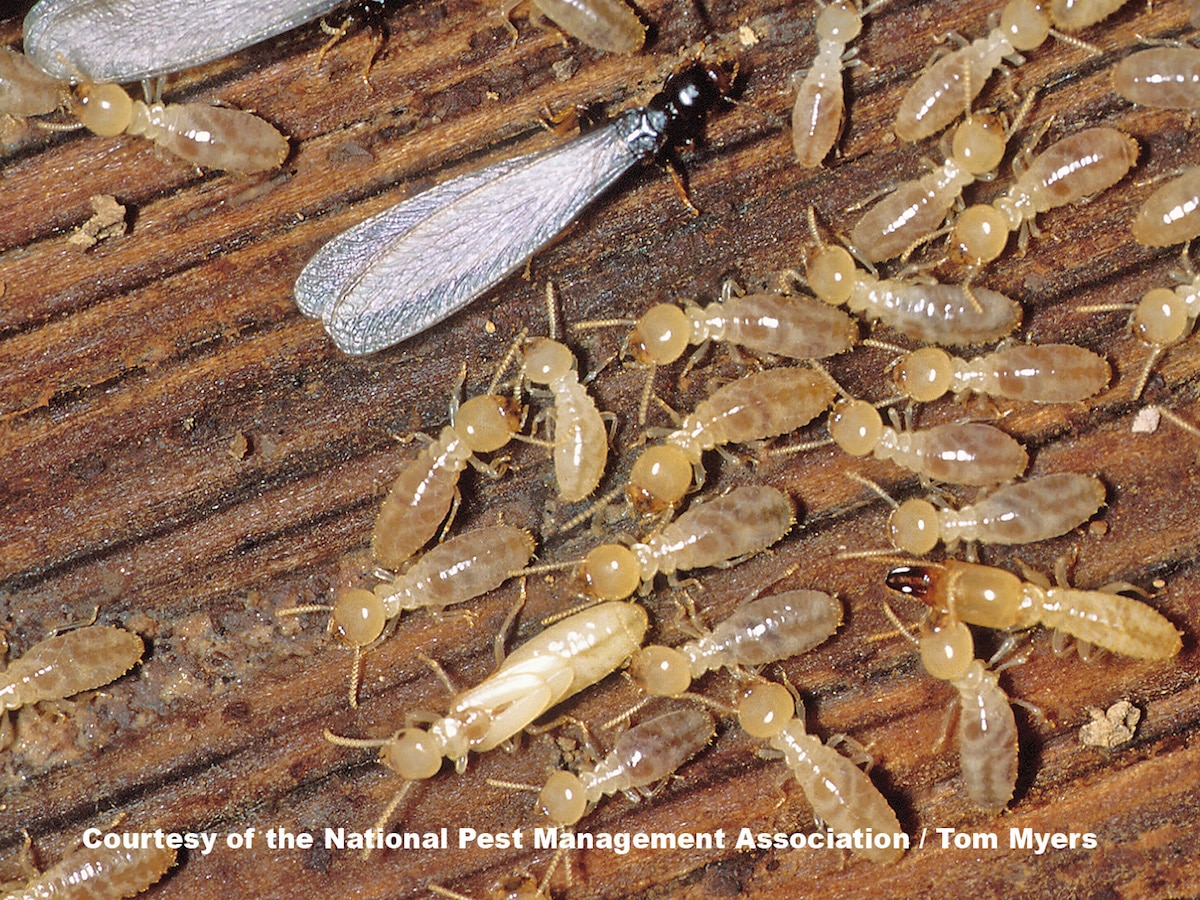
| Area | What to Do? |
|---|---|
| Roof and Gutters | Inspect and repair roof leaks, ensure gutters are draining properly away from the home. |
| Crawl Space | Check for wet insulation, moisture on the walls and floors, and condensation on plumbing pipes. |
| Around the House | Make sure downspouts are directed away from the foundation, clear debris away from the foundation to prevent water from pooling, and repair any leaks in exterior walls, windows, and doors. |
| Landscaping | Keep shrubbery and trees trimmed away from the house, and make sure that soil is sloped away from the foundation. |
Moisture is a key food source for termites. By eliminating moisture around the home, it can greatly reduce the risk of termite infestations. Here are some areas to focus on:
3 Check for Cracks and Gaps in the Home
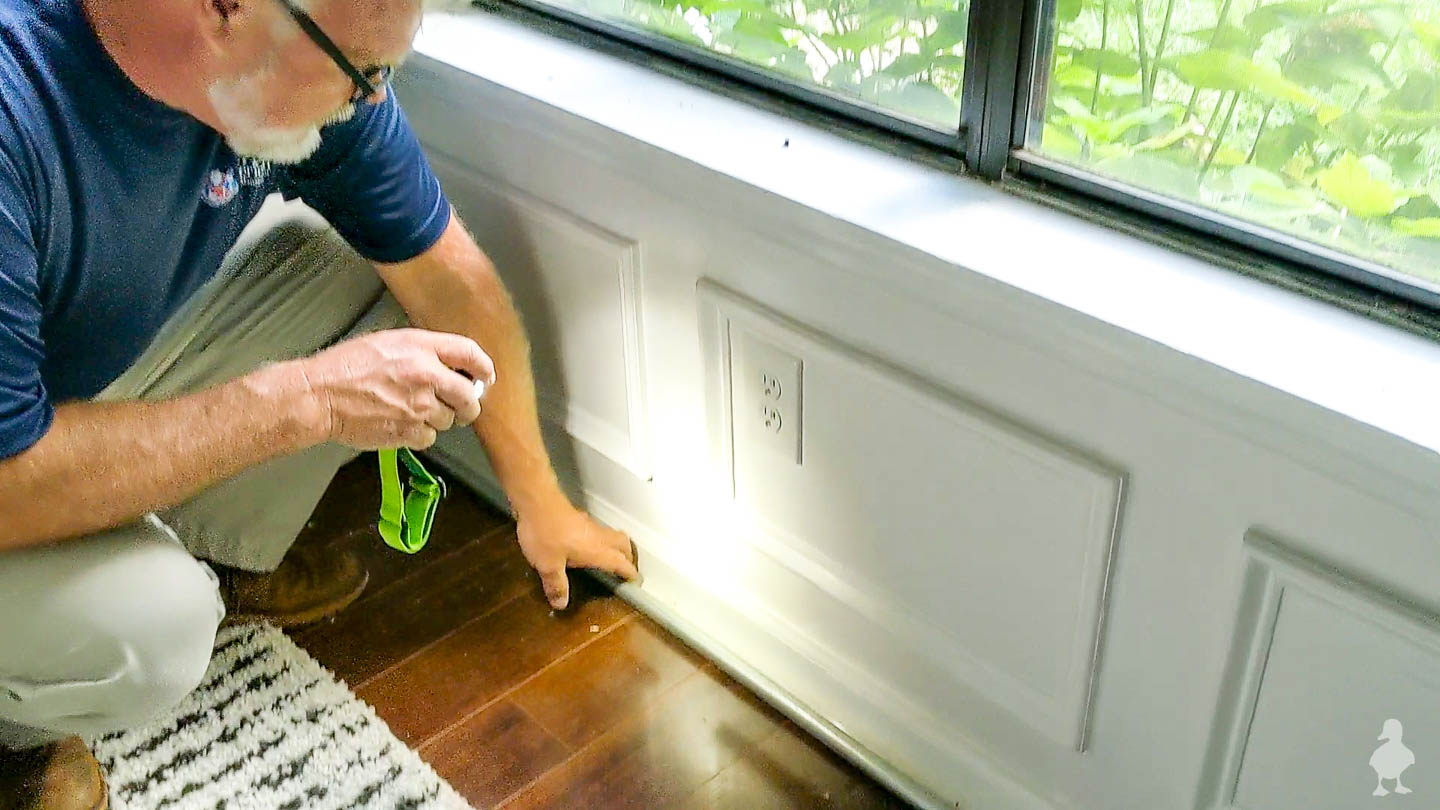
- Inspect the walls for any cracks that may be present, particularly around door and window frames.
- Check the foundation of the home for any gaps or holes, as these can provide termites with an entry point.
- Look for any signs of moisture or water leaks, as these can attract termites and create an environment favorable for their growth.
4 Keep Gutters Clean
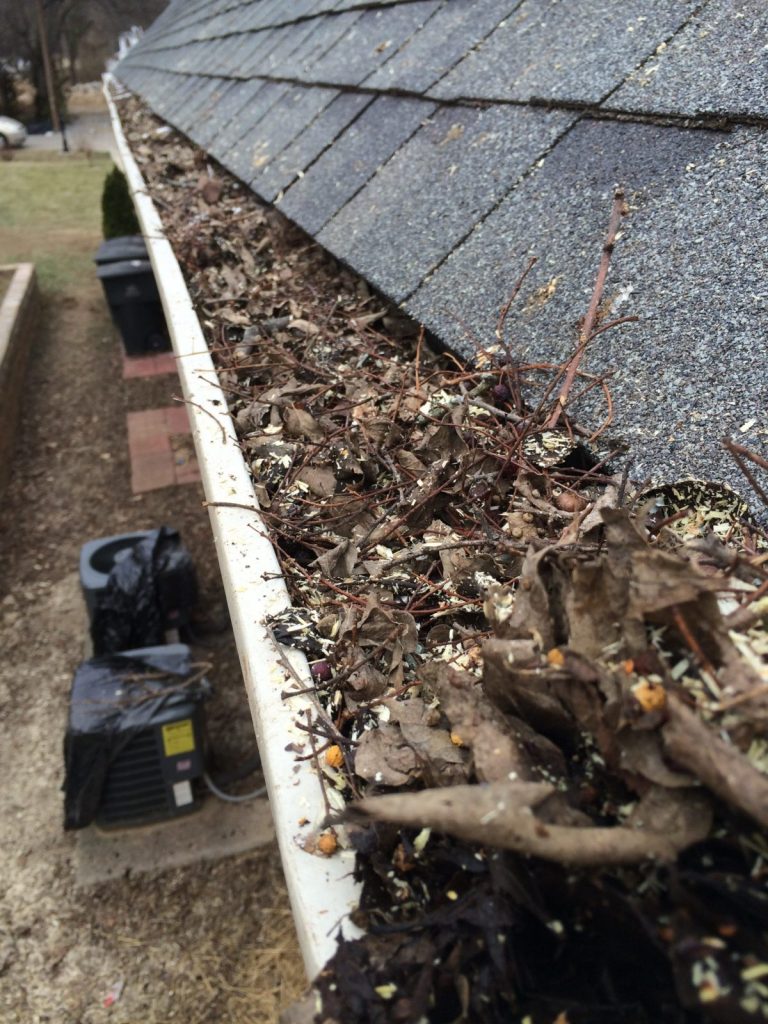
- Clear gutters regularly to ensure water drains away from the home.
- Remove any organic material that may have fallen into the gutters, such as leaves, twigs, and pine needles.
- Inspect gutters for any signs of damage, such as cracks or holes, and repair as necessary.
- Install gutter guards to keep debris from accumulating in the gutter.
Maryland Termite Control Methods
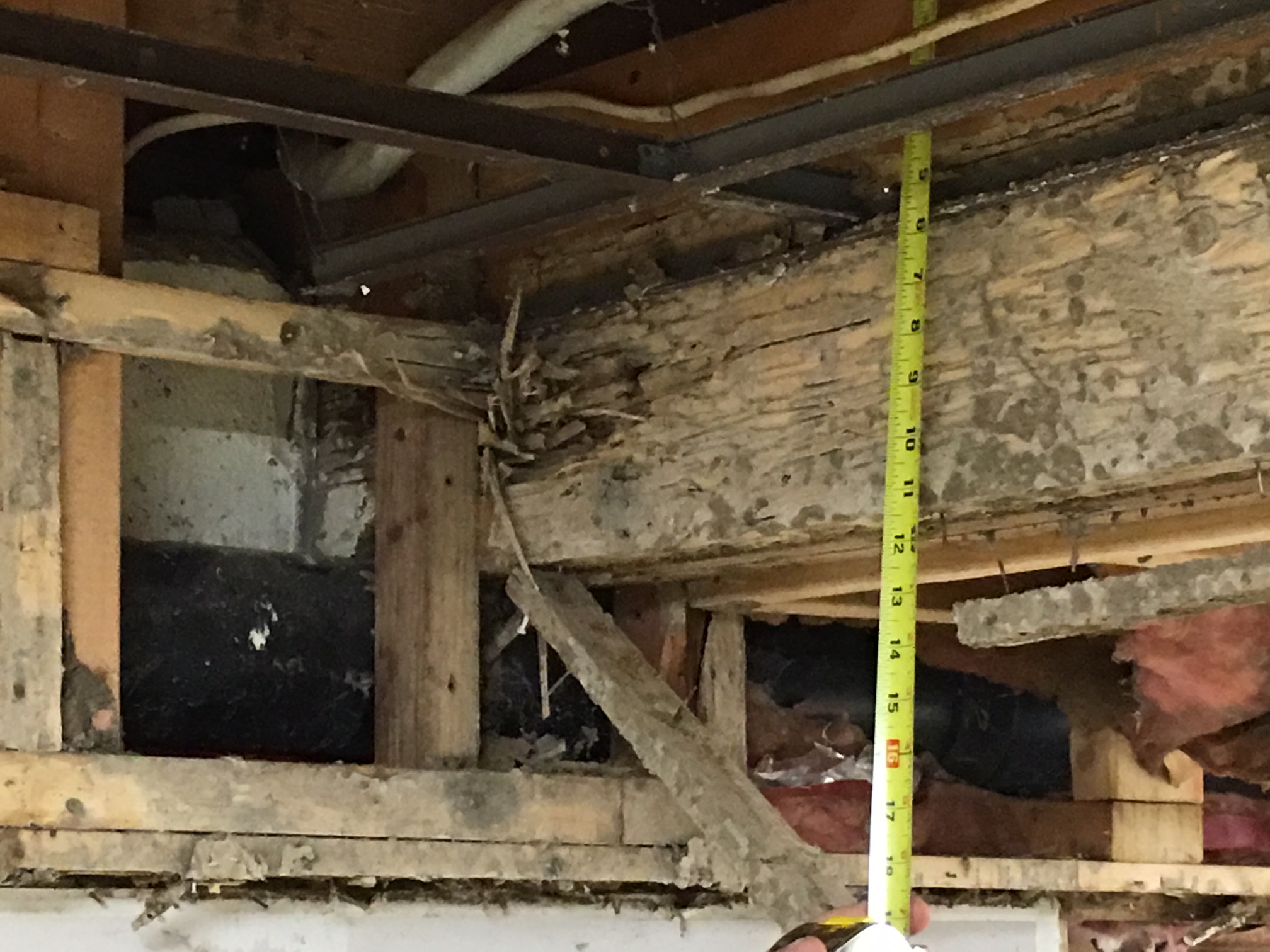
The most common methods for controlling termites in Maryland are baiting systems and liquid treatments. Baiting systems are installed around the perimeter of a building to target the termites’ food source and attract them away from the structure. The bait is placed in the ground and monitored periodically to ensure the termites are being controlled. Liquid treatments are injected directly into the ground to create a barrier between the structure and the termites. The liquid is then pumped throughout the soil in the surrounding area and monitored for effectiveness. Both baiting systems and liquid treatments can be used in combination to more effectively control termites in Maryland.
Other control methods include physical and chemical barriers. Physical barriers such as metal screens, concrete, and other materials can be used to create a physical barrier between the termites and the structure. Chemical barriers are also available, which use a variety of chemicals to form a barrier that termites cannot penetrate.
In addition to the above methods, professional pest control companies may also offer preventative services such as regular inspections and monitoring. These services are designed to detect potential termite infestations before they become a problem, and can help to prevent costly damage to structures.
It is important to remember that termites can be difficult to control, and in some cases, complete eradication may not be possible. For this reason, it is important to seek professional help to ensure the best possible results.
1 Chemical Treatments
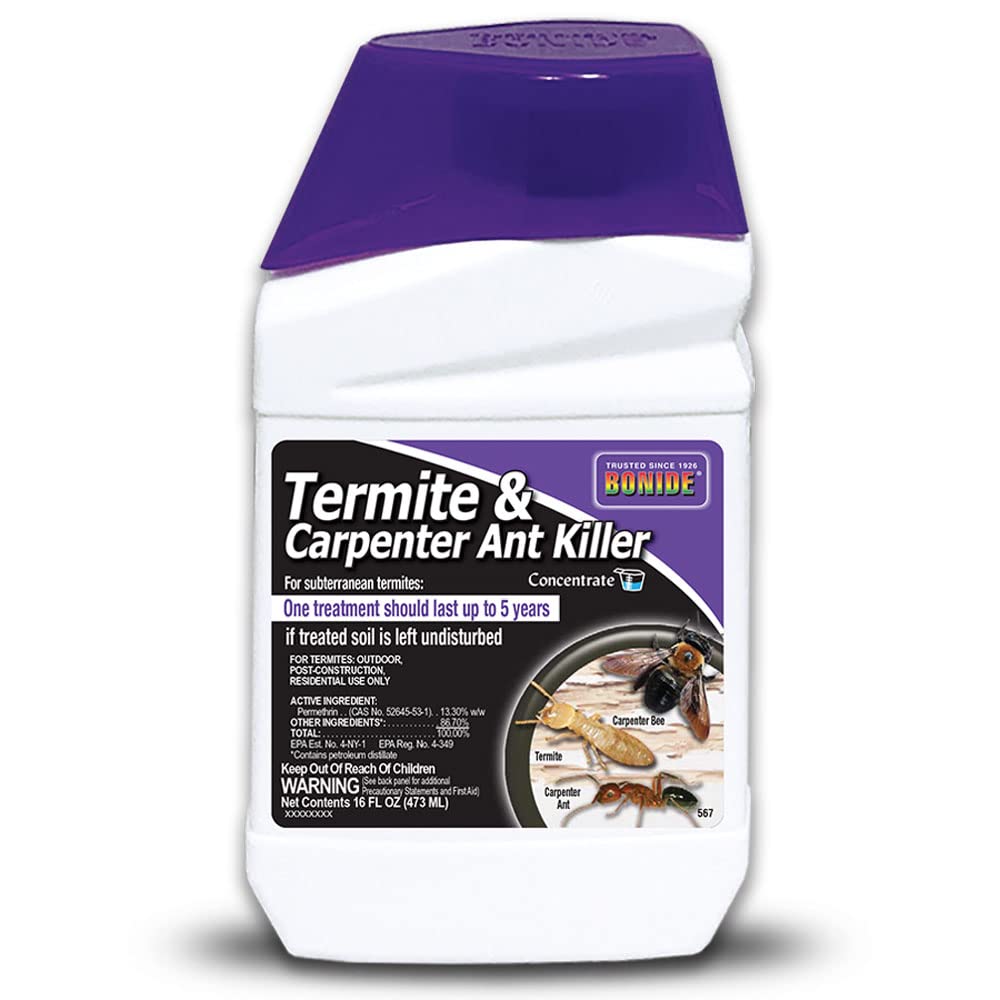
- Liquid Treatments: This type of chemical treatment involves the application of a liquid pesticide to the soil around the foundation of a structure. The pesticide is either injected into the soil or applied as a foam.
- Fumigants: Fumigants are gases that are pumped into a structure to penetrate into the soil, wood, and other materials in order to kill termite colonies.
- Bait Systems: This type of chemical treatment involves the installation of bait stations around a structure. These bait stations are filled with a toxicant that attracts termites. When the termites feed on the bait, they are poisoned with the toxicant.
2 Fumigation
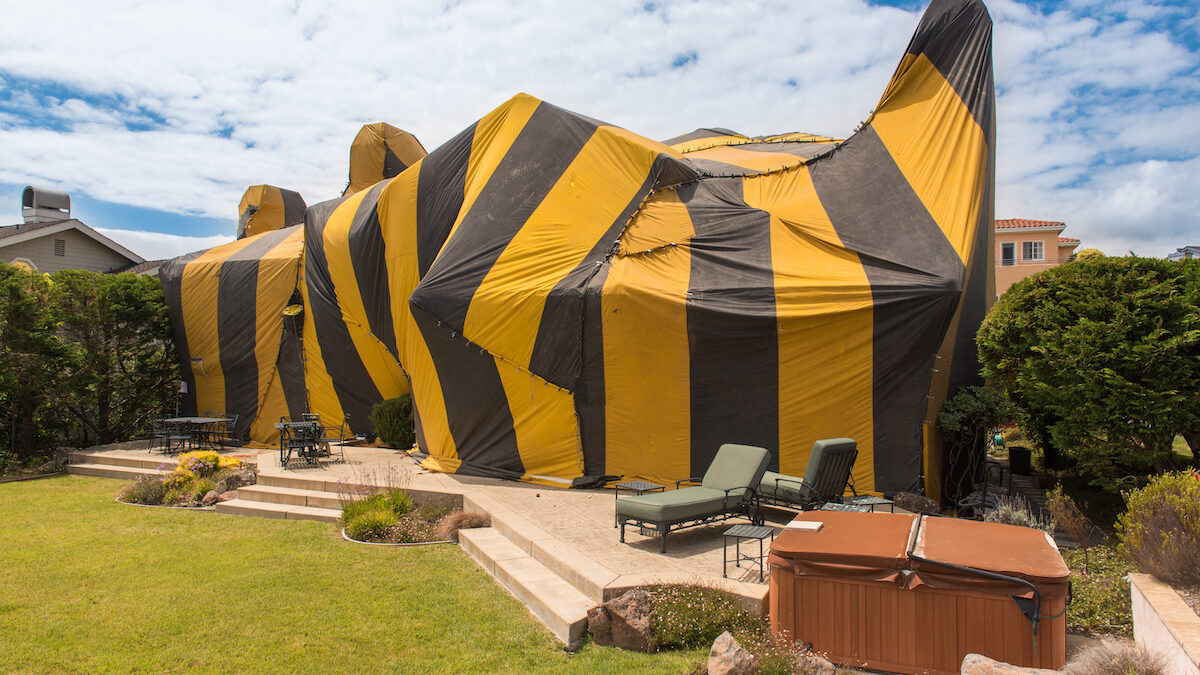
- Chemical fumigation: This method is highly effective in controlling termite infestations in Maryland. The process involves using a gas-based pesticide to penetrate deep into the wood, killing the termites and their eggs.
- Heat fumigation: Heat fumigation is a newer method for controlling termite infestations in Maryland. It involves using high temperatures to penetrate deep into the wood and kill the termites and their eggs. Heat fumigation is less toxic than chemical fumigation and is typically more efficient in controlling infestations.
3 Heat Treatment
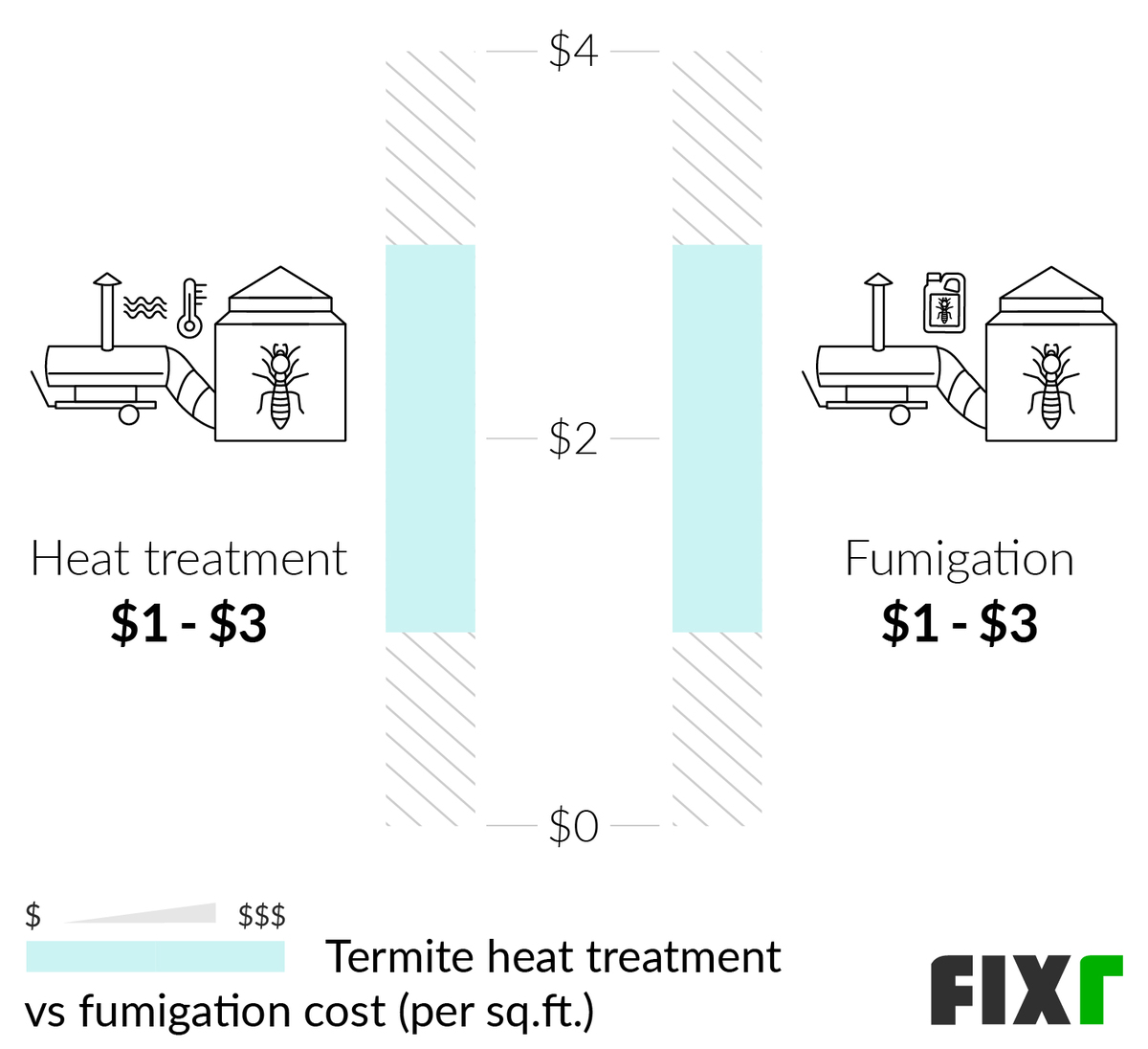
- Heat treatment involves heating the infested area to a minimum temperature of 130°F (54°C) and maintaining the temperature for at least 2 hours. This method is effective in killing subterranean termites and some other wood-destroying insects.
- Steam treatment is a similar process to heat treatment but involves the use of steam instead of air. This method is effective in killing termites and other wood-destroying insects but may not be as effective as heat treatment.
- Spot treatment of infested areas with a chemical insecticide is also an option. This method is effective in killing termites and other wood-destroying insects but is not as effective as heat or steam treatment. It is also more expensive and may require multiple treatments.
4 Baiting Systems
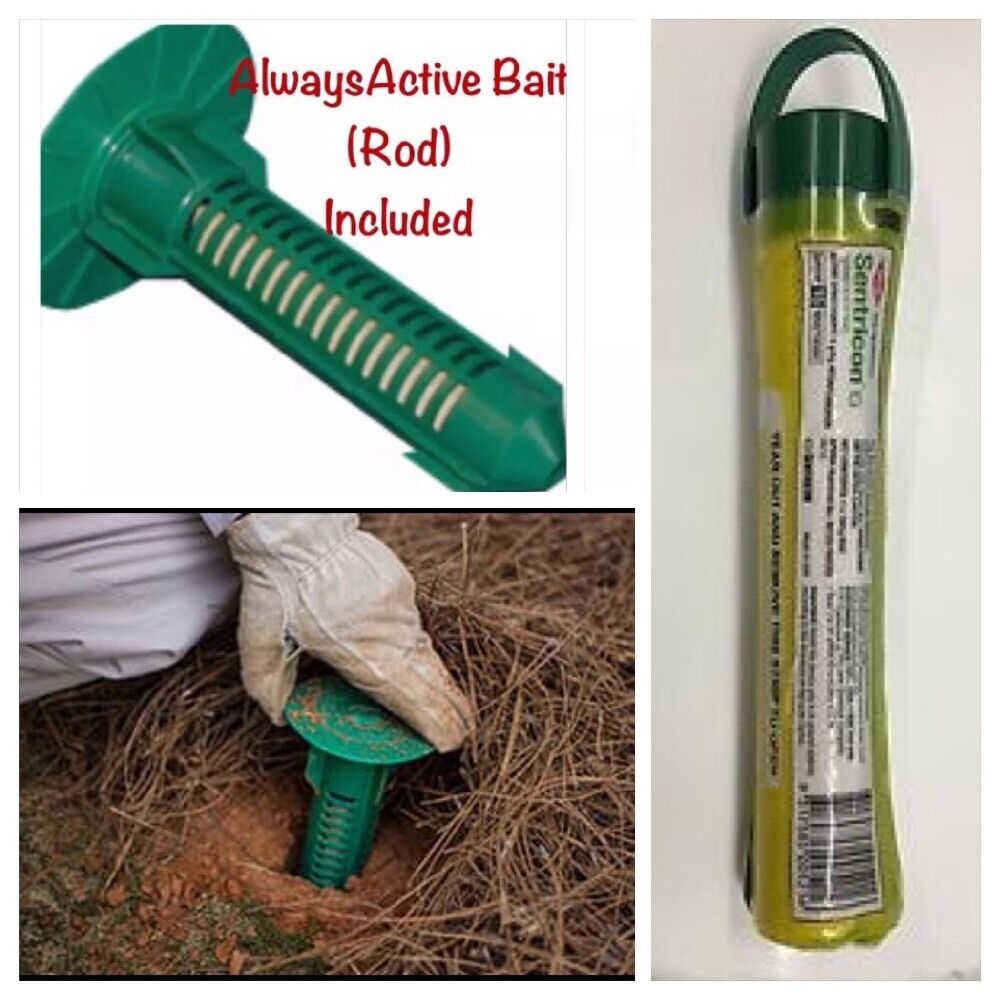
- Monitoring-only bait system: it is a non-toxic bait that the termites feed on, leading them to the bait stations.
- Repellent bait system: this system is used to discourage termites from entering the property and is often used in combination with monitoring-only systems.
- Repellent bait toxicant system: this system uses a repellent bait and a toxin to combat termites.
- Non-repellent bait toxicant system: this system uses a non-toxic bait and a toxin to eliminate termites.
Impact of Termites on the Maryland Environment
Termites can cause considerable damage to Maryland’s natural environment. They feed on dead plant material, including wood, which can cause damage to trees, shrubs, and other vegetation. This can result in a decrease in the overall plant cover in an area, leading to loss of habitat for other organisms. In addition, termites can compromise the structural integrity of buildings and other human-made structures, which can also have a negative impact on the environment.
Termites can also have an economic impact on Maryland. Damage to trees, shrubs, and other vegetation can negatively affect the value of the property, and the cost of repairs to buildings, decks, and other structures can be significant.
| Environment | Impact |
|---|---|
| Trees, shrubs, and other vegetation | Damage, reduced plant cover, loss of habitat |
| Human-made structures | Structural damage, cost of repairs |
In addition to direct damage caused by termites, they can also act as vectors for disease. Termites can spread pathogens that can cause serious illness in humans, animals, and other organisms.
Due to the potential for damage and the spread of disease, it is important to take steps to prevent and eradicate termites from Maryland. This can include eliminating sources of food and shelter for termites, such as removing dead wood and vegetation, and treating affected areas with insecticides.
Cost of Termite Control in Maryland
The cost of termite control in Maryland is dependent on the severity of the infestation, the type of termite, and the area of the home that needs to be treated. On average, a homeowner in Maryland can expect to pay anywhere from $500 to $2,500 for termite control services.
| Type of Control Service | Cost Range |
|---|---|
| Yearly Inspection | $100-$200 |
| Treatment with Chemicals | $500-$1,500 |
| Baiting System | $750-$2,500 |
Yearly termite inspections are an important part of termite control, and this service can cost anywhere from $100 to $200. Treatment with chemical methods can range from $500 to $1,500. Baiting systems, which involve placing bait stations around the home, can cost from $750 to $2,500.
Frequently Asked Questions
What are the Dangers of Termites in Maryland?
Termites can cause serious damage to structures in Maryland, particularly to wood and other cellulose-containing materials. Winged termites, or swarmer, are the most common type of termite found in Maryland, and can often be seen around homes and buildings. Left untreated, a single termite colony can cause extensive damage to foundations, walls, and other structural components. In addition, termites can contaminate food supplies, and their droppings can cause health problems if inhaled. To prevent infestations, it is important to inspect your home regularly and to contact a licensed pest control company if any signs of infestation are found.
How can homeowners identify termites in Maryland?
Termites can be identified by the presence of mud tubes, which termites construct from the soil to their food sources. These mud tubes can be found on walls, along baseboards, and in other areas where termites are likely to be present. Other signs of termites include swarming, the presence of frass (termite droppings), and discarded wings. Homeowners should also look for darkening or blistering of wood structures, which may be caused by termites. If homeowners suspect an infestation, they should contact a licensed pest control professional for a thorough inspection.
What are some common signs of termite activity in Maryland?
Termites can cause severe structural damage to homes in Maryland. Common signs of termite activity include mud tubes on walls, wood that makes a hollow sound when tapped, visible wings on dead termites, wood shavings near wood or walls, and swarming near windows or lights.
Are there any preventative measures that homeowners can take to reduce the risk of termites infesting their home in Maryland?
Homeowners in Maryland should inspect their property regularly for signs of termites and take preventive measures to reduce the risk of infestation. These measures include sealing entry points, removing excess moisture and debris, eliminating wood-to-soil contact, and checking for signs of termites. Additionally, treating the soil around the foundation with a pesticide can help protect the home from termites. Regularly scheduled pest control inspections can also help identify and prevent termite infestations.
What are the most effective methods for eradicating a termite infestation in Maryland?
The most effective methods for eradicating a termite infestation in Maryland are to prevent new infestations from occurring and to eliminate existing colonies. Prevention measures include sealing off potential entry points, reducing humidity levels in the home, and removing any wood debris or mulch near the foundation. To get rid of existing colonies, homeowners should contact a professional pest control company to assess the extent of the infestation and perform an appropriate treatment. Treatment can include baiting systems, soil treatments, and fumigation.
Conclusion
Termites can cause serious damage to homes in Maryland and can be difficult to identify and eradicate. Homeowners should be aware of the signs of infestation and contact a professional for help if they suspect an infestation. Prevention is the best defense and includes making sure the home is free of wood-to-earth contact, reducing moisture in and around the home, and sealing any small cracks or crevices. Professional pest control can also help ensure that termites do not become a problem.

